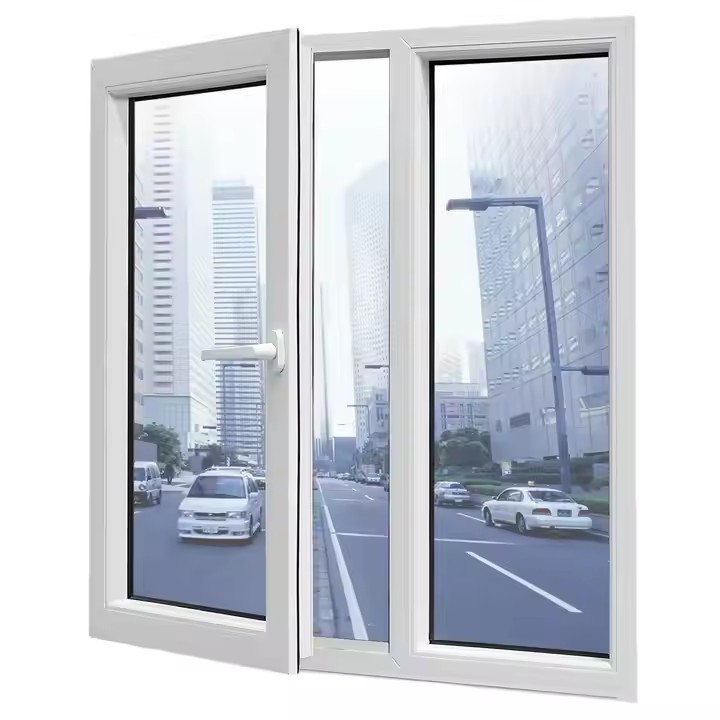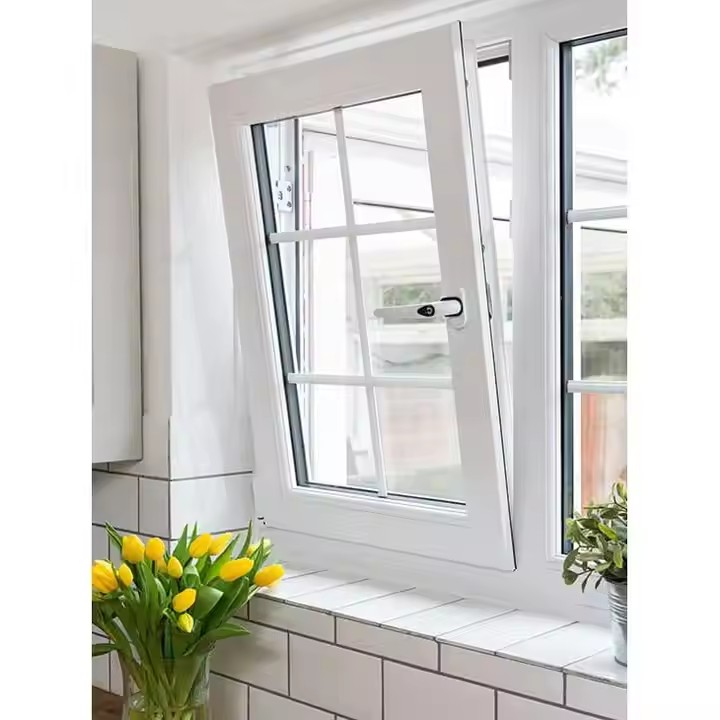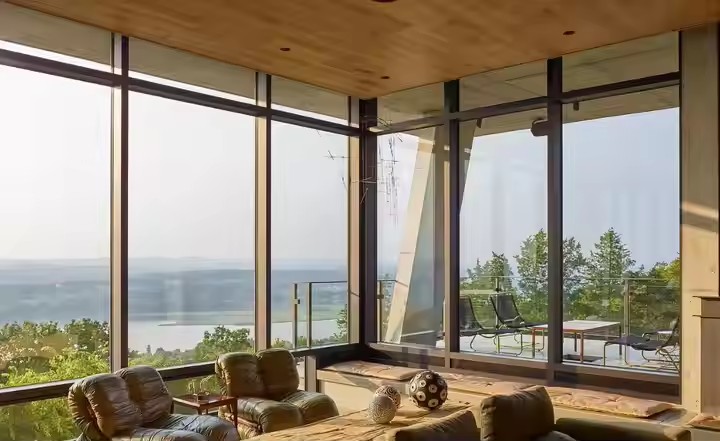- Compliance Requirements: The Mandatory Foundation for Procurement
Curtain wall procurement in Australia must first meet strict regulations and certification thresholds. All products must pass multi-level compliance reviews before entering project stages. At the regulatory level, the National Construction Code (NCC) is the core reference. Its Part B (structural safety), Part F (fire safety), and Part J (moisture and ventilation) set mandatory requirements for curtain walls. For example, curtain walls on high-rise buildings must be designed to withstand wind loads according to the wind region classification (levels 1–6) by the Australian Bureau of Meteorology. In cyclone-prone Darwin (Region 6), curtain walls must resist ≥3.2 kPa wind load, while in Sydney (Region 4) they must resist ≥2.4 kPa.
The Australian Standards (AS series) govern material performance. For instance:
AS 1288-2021 specifies glass light transmittance, impact resistance, and fire rating; fire-rated glass must comply with AS 1530.4.
AS/NZS 1734 regulates aluminum alloy tensile/yield strength and surface treatment, requiring ≥15 μm anodizing thickness and ≥60 μm powder coating.

AS 4020-2018 sets standards for sealant durability (temperature cycle -30℃~80℃), and aging resistance (no cracking after 5000h UV exposure).
Green and sustainable certifications are also essential. Australian buildings widely pursue Green Star and NatHERS ratings. Buyers prioritize sustainable aluminum certified by ASI, glass with ISO 14067 carbon footprint verification, and curtain wall materials with ≥80% recyclability.
For quality and safety, key components must pass RCM certification, imported products need AQIS quarantine clearance, and complete systems must undergo third-party testing (e.g., AS 4284 wind uplift, AS 1530.4 fire integrity). Fall-prevention devices must meet AS 1657. Many clients also prefer suppliers with green certifications, since curtain walls have long lifespans, making sustainability more valuable.
- Technical Performance Requirements: Adapted to Climate and Application
Australia’s vast climate diversity requires tailored curtain wall performance.
Weather resistance:
Tropical humid regions (e.g., Brisbane) need double-seal systems (structural + weather sealant) with EPDM gaskets resistant to heat/humidity.
Temperate rainy areas (e.g., Melbourne) require drainage hole designs.
High-UV regions (South/Western Australia) demand glass with ≥90% UV-blocking coatings and profiles passing 1000h UV aging tests without fading/cracking.
Thermal and energy efficiency:
In temperate zones (Canberra), curtain wall U-value must be ≤2.2 W/(m²·K). Triple-glazed or vacuum glazing with PA66 thermal breaks (≤0.3 W/(m·K)) is preferred.
In tropical zones (Cairns), shading coefficient must be ≤0.4, with built-in louvers or photovoltaic shading systems to reduce solar heat gain.
Structural safety:
In high-traffic areas (malls, schools), AS 1288 Class A tempered glass or laminated glass with ≥0.76mm PVB must pass 1040g steel ball drop tests (1.2m, no penetration).

In seismic zones (Adelaide, Perth), connections must meet AS 1170.4, using flexible joints allowing ±15mm displacement.
For heritage buildings (e.g., Sydney’s Rocks District), profile colors and glass textures require heritage authority approval. Custom retro-style components are often specified.
For coastal projects (Gold Coast), materials must resist salt spray: ≥70 μm PVDF coating on profiles, 316 stainless steel connectors (≥1000h salt spray resistance), and salt-resistant sealants.
- Supply Chain and Management Requirements: Ensuring Efficiency and Risk Control
Australia requires strict supply chain transparency and delivery reliability.
Supplier qualifications: Preference for companies with local production bases or warehouses (e.g., Capral for aluminum, Viridian for glass) or global brands with Australian service centers (e.g., Saint-Gobain). After-sales response must be ≤48h. Suppliers must hold ISO 9001 (quality) and ISO 14001 (environment) certifications, have no major quality incidents in the last 3 years, and provide third-party audit reports. Production capacity should be proven (≥500 tons of aluminum/month, ≥1000㎡ glass/day). Delivery commitments: standard ≤4 weeks, custom ≤8 weeks.
Sample and testing management: Suppliers must provide 1:1 curtain wall mockups for joint inspection (owner, designer, supervisor) covering appearance, dimensional tolerance (≤±0.5mm), and assembly precision. Key samples must be retested in NATA-accredited labs for weather resistance, thermal, and structural performance before contracts are signed.
Logistics and storage: For imports, suppliers handle customs clearance, local transport, and full-risk insurance. Materials must be stored properly: profiles raised ≥10cm off the ground, glass stored vertically at ≤15° tilt, with dedicated storage plans submitted.

